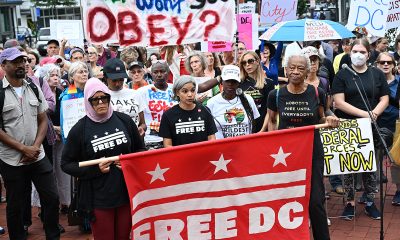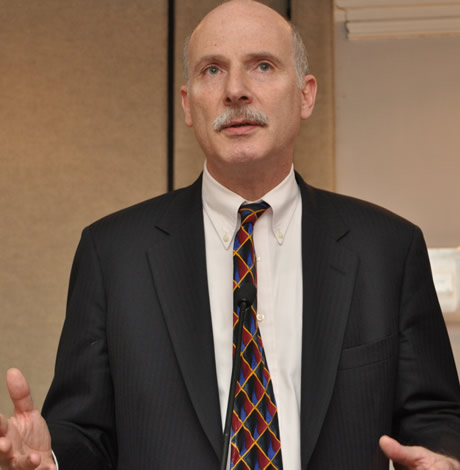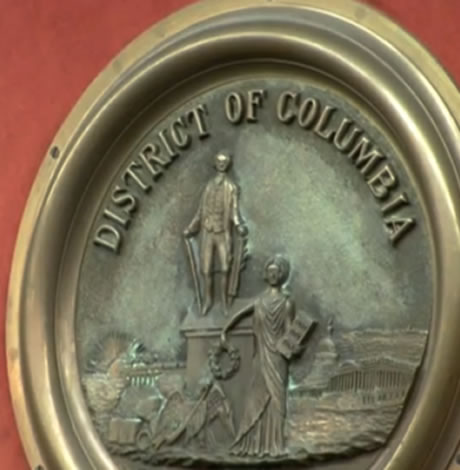Arts & Entertainment
Queery: Rod Glover
The Home Rule co-owner answers 20 gay questions
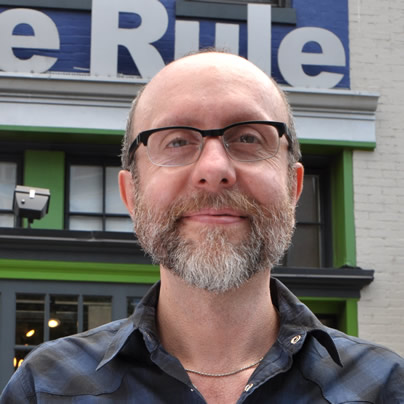
It started with a brainstorming session. In 2000, Home Rule (1807 14th St., N.W.; homerule.com) owners Rod Glover and his business partner Greg Link were brainstorming ideas for how to generate an influx of business in notoriously slow August so they could afford trips to retail shows at which they could order merchandise for fall.
They came up with the idea for a sidewalk sale and persuaded about seven of their neighbors to join them. It was a hit — they took all their merchandise, set it up out front and were soon on their way to the shows.
Though they’re not as involved in the planning of it now, the tradition continues. Look for the 13th annual MidCity Dog Days Sidewalk Sale this weekend from 9 a.m. to 8 p.m. Saturday and 10 a.m. to 7 p.m. Sunday where about 70 businesses in the area around P and 14th (stretching up to U Street) bring their wares outdoors for the weekend (midcitydogdays.com).
“We just kind of take everything that’s been sitting on the shelf for the last nine months or been taken off the shelf, and move it out to the sidewalk at 50 percent off and it’s a big hit,” Glover says. “It’s very practical housewares stuff. Things people actually need.”
Glover, a 50-year-old Camp Hill, Pa., native, came to D.C. in 1987, his arm twisted by several friends who’d moved here and wanted him to join them. He worked in various retail shops and has always practiced his artwork on the side. He recently exhibited at Gallery Plan B with a show featuring sculpture and found wood he scorched with a propane torch. He and Link opened Home Rule on Labor Day weekend 1999. He says because of the growth in the neighborhood and a loyal customer base, it’s been successful even in the down economy.
Glover and his partner, lawyer Tom Mayes, live together in Dupont Circle. Glover enjoys creating art, cooking, entertaining, magazines and cookbooks in his free time. (Blade photo by Michael Key)
How long have you been out and who was the hardest person to tell?
I came out to my friends in college when I was 19, (and my painting professor) but didn’t come out to my parents until I was 30, on an Easter Sunday, just before I moved into a one bedroom with my partner. That was the hardest. My mother’s immediate response: “Mothers know these things. Is there anyone special?”
Who’s your LGBT hero?
I have two. My partner’s cousin, Mary Margaret “Peggy” Cleveland, because she came out to her North Carolina Presbyterian congregation in her 70s, after having been a missionary in Africa, during a big church debate on the role of LGBT people. And my friend Stephen Skinner, who founded Fairness WV, and who’s running this fall for the West Virginia House of Delegates. If elected, he would be the first openly gay delegate in West Virginia. Support his campaign.
What’s Washington’s best nightspot, past or present?
My apartment. Ask people.
Describe your dream wedding.
It would be just like our friend Jenny Allen’s Hootenanny — a big party with all of our friends, the Speakeasy Boys playing bluegrass, handsome bartenders, barbecue and the Potomac River as a backdrop.
What non-LGBT issue are you most passionate about?
Affordable higher education, affordable health care and the freedom to create.
What historical outcome would you change?
The long persistent influence of Puritanism, here and throughout the world.
What’s been the most memorable pop culture moment of your lifetime?
Three. Seeing Jackie Hoffman on Broadway in “Hairspray,” “Xanadu” and “The Addams Family.”
On what do you insist?
That my friends come to my house, eat my cooking and take leftovers home.
What was your last Facebook post or Tweet?
Katie Petix manages our Facebook for Home Rule. She beats me hands down in posting.
If your life were a book, what would the title be?
“La-Bas,” but it’s already taken.
If science discovered a way to change sexual orientation, what would you do?
Ignore it.
What do you believe in beyond the physical world?
The ghosts that inhabit my cabin in West Virginia. They party so much it keeps me awake.
What’s your advice for LGBT movement leaders?
I don’t really have much of an activist soul, but I deeply admire those who do: Keep at it and thank you.
What would you walk across hot coals for?
The last wedge of Parmigiano Reggiano. And my beautiful nieces.
What LGBT stereotype annoys you most?
Any assumption that prejudges me or others annoys me.
What’s your favorite LGBT movie?
“Trick.” Tori Spelling is fabulously nutty and the movie reminds me of myself and my friend Debbie.
What’s the most overrated social custom?
Being too polite to say you want more.
What trophy or prize do you most covet?
I already have it — the senior art award at high school graduation. I always felt like such an outsider, and I didn’t know in advance, so it meant the world to me. I received the psychology award too — I’m still baffled by that one. My partner says he gets it.
What do you wish you’d known at 18?
How much fun life is.
Why Washington?
In 1987 my friends, who had already moved here, set me up with a job and an apartment. I have the best friends on the planet.

Rob Reiner, most known for directing untouchable classics like “The Princess Bride,” “Misery,” “When Harry Met Sally…,” and “Stand by Me,” died Dec. 14 alongside his wife, Michele Singer Reiner, in their Los Angeles residence. While investigations are actively underway, sources have told PEOPLE Magazine that the pair’s son, Nick Reiner, killed his parents and has been taken into custody.
Reiner was a master of every genre, from the romantic comedy to the psychological thriller to the coming-of-age buddy movie. But in addition to his renowned work that made him a household name, Reiner is also remembered as a true advocate for the LGBTQ community. In 2009, Reiner and his wife co-founded the American Foundation for Equal Rights, helping fight against California’s Prop 8 same-sex marriage ban. They were honored at the 2015 Human Rights Campaign Las Vegas Gala.
In a statement, HRC President Kelley Robinson said: “The entire HRC family is devastated by the loss of Rob and Michele Reiner. Rob is nothing short of a legend — his television shows and films are a part of our American history and will continue to bring joy to millions of people across the world. Yet for all his accomplishments in Hollywood, Rob and Michele will most be remembered for their gigantic hearts, and their fierce support for the causes they believed in — including LGBTQ+ equality. So many in our movement remember how Rob and Michele organized their peers, brought strategists and lawyers together, and helped power landmark Supreme Court decisions that made marriage equality the law of the land — and they remained committed to the cause until their final days. The world is a darker place this morning without Rob and Michele — may they rest in power.”
Reiner’s frequent collaborators have also spoken out as the industry is in mourning, including figures like Ron Howard and John Cusack.
A joint statement from Jamie Lee Curtis and Christopher Guest (who starred in Reiner’s “This is Spinal Tap”) reads: “Christopher and I are numb and sad and shocked about the violent, tragic deaths of our dear friends Rob and Michele Singer Reiner and our ONLY focus and care right now is for their children and immediate families and we will offer all support possible to help them. There will be plenty of time later to discuss the creative lives we shared and the great political and social impact they both had on the entertainment industry, early childhood development, the fight for gay marriage, and their global care for a world in crisis. We have lost great friends. Please give us time to grieve.”
While attending the 2019 HRC Los Angeles Dinner, Reiner spoke out about the need for equality: “We have to move past singling out transgender, LGBTQ, black, white, Jewish, Muslim, Latino. We have to get way past that and start accepting the idea that we’re all human beings. We’re all human beings, we all share the same planet, and we should all have the same rights, period. It’s no more complicated than that.”

The Gay Men’s Chorus of Washington perform “The Holiday Show” at Lincoln Theatre (1215 U St., N.W.). Visit gmcw.org for tickets and showtimes.
(Washington Blade photos by Michael Key)
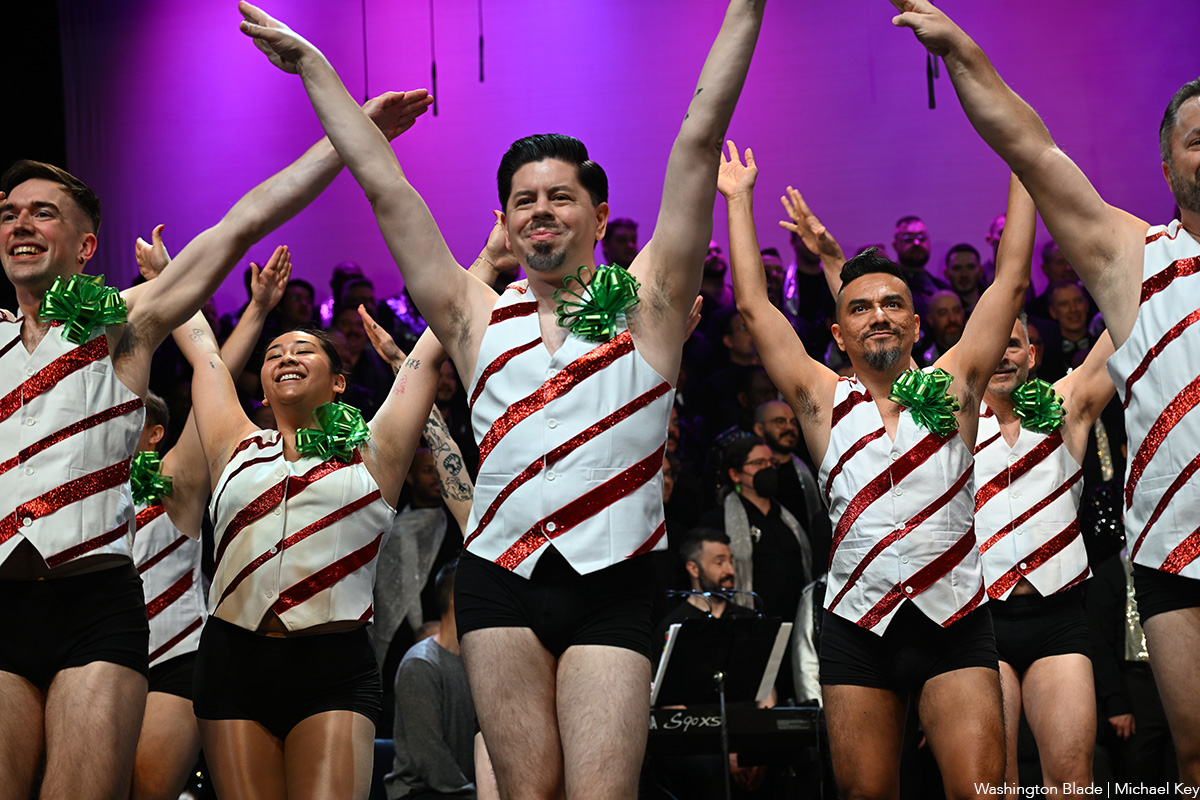


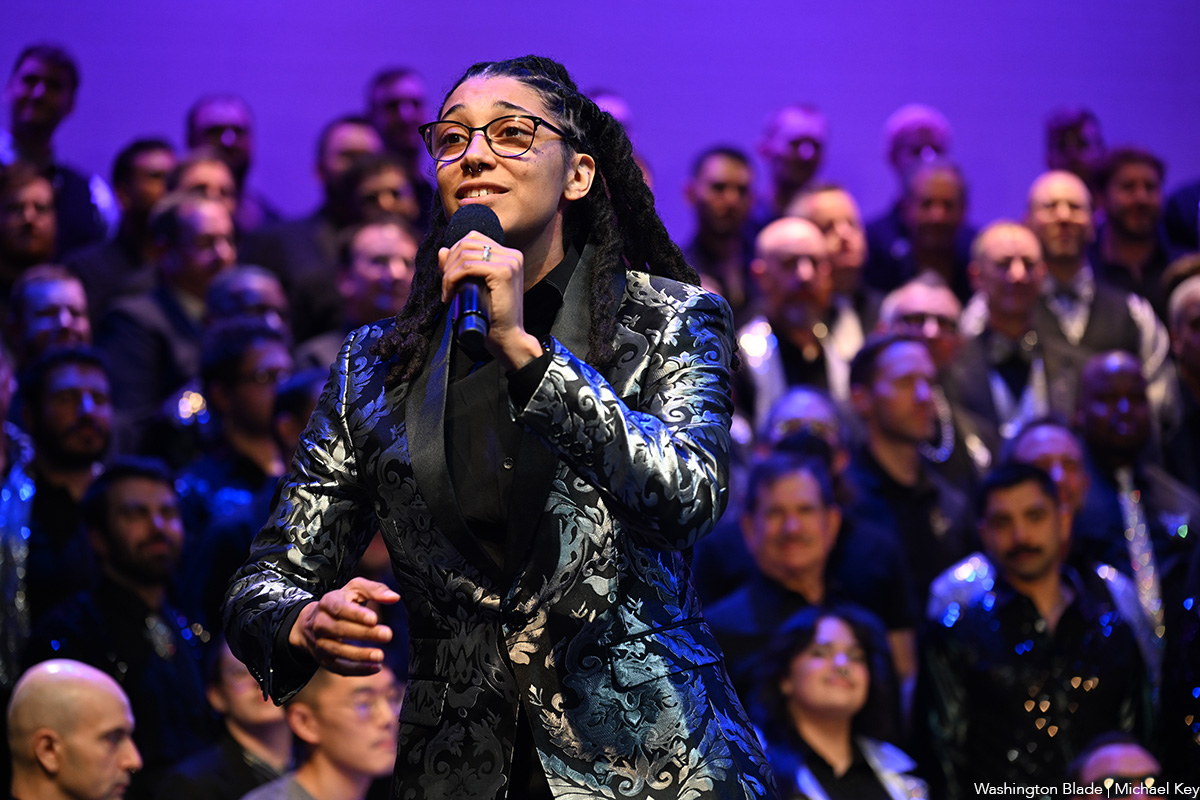
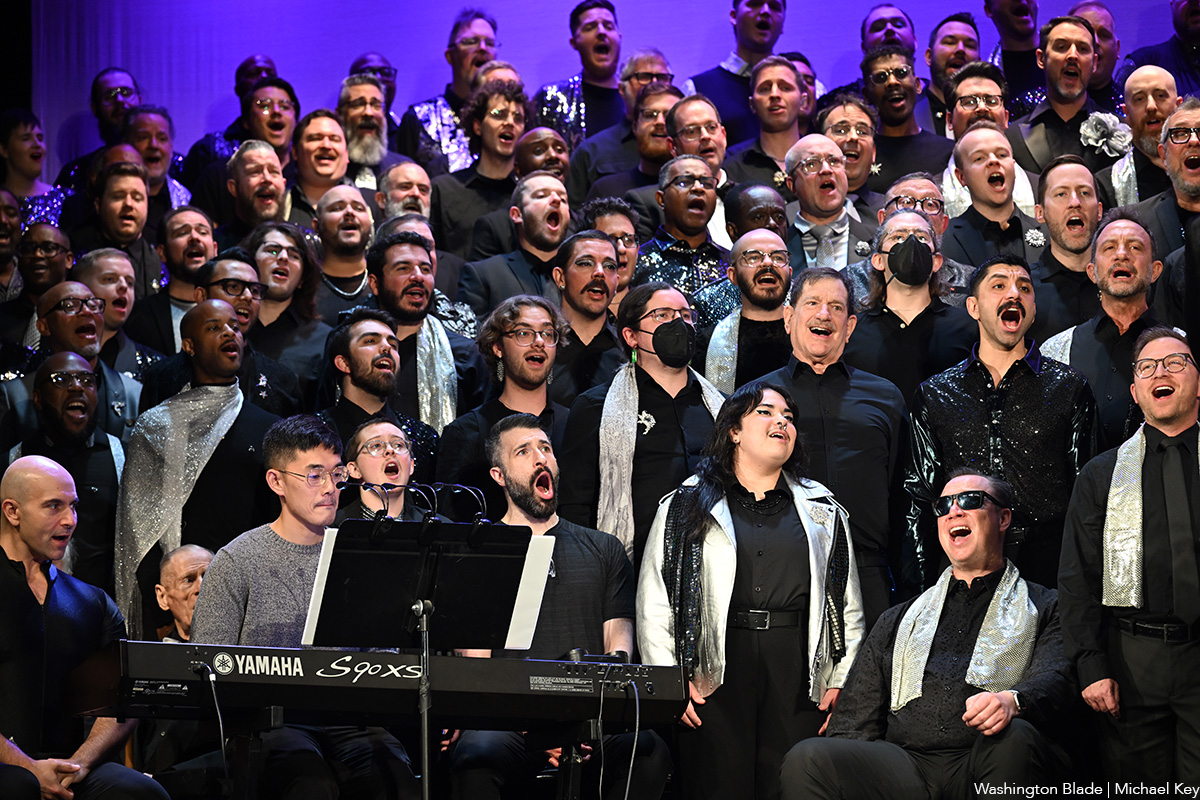






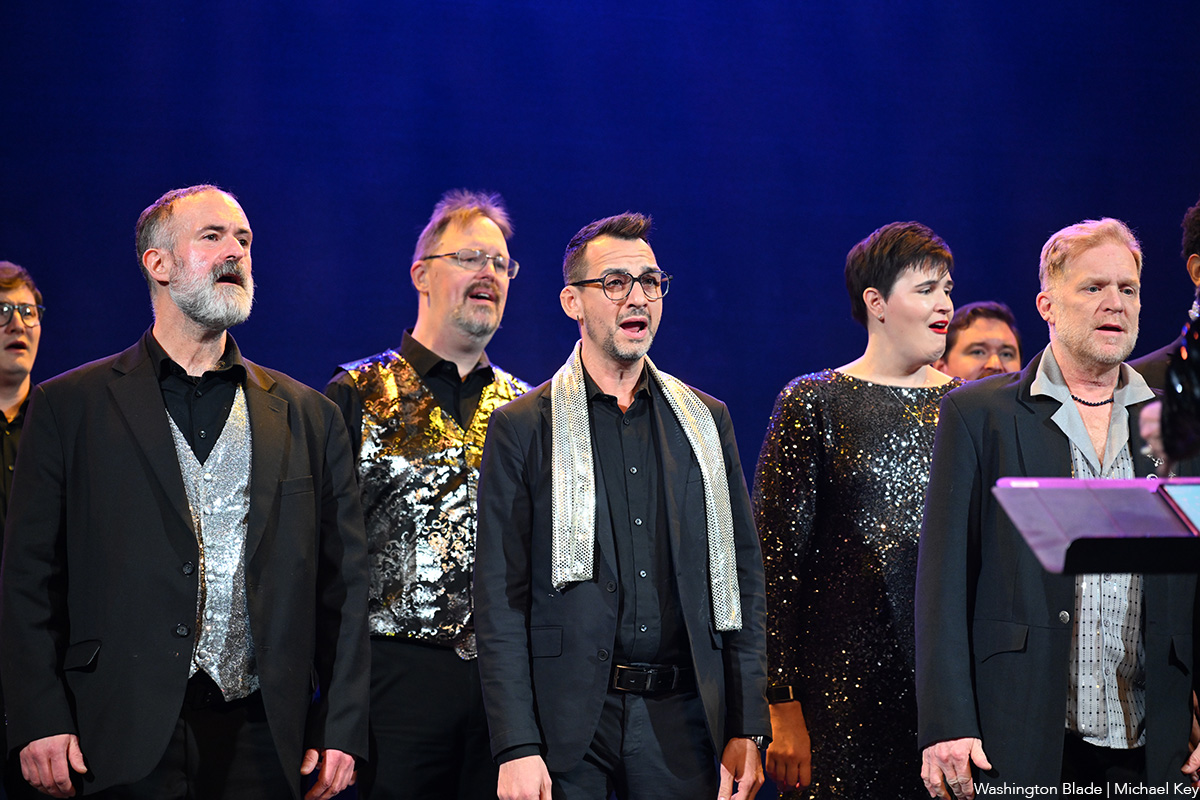
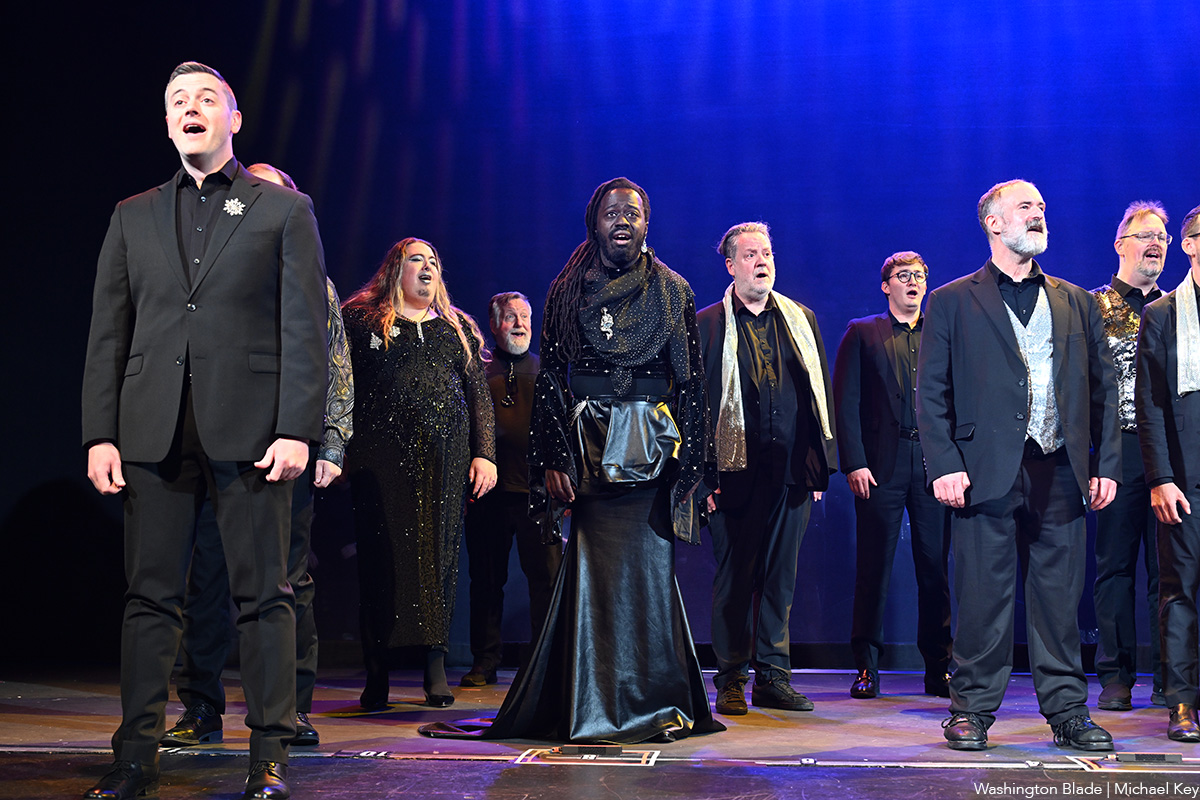
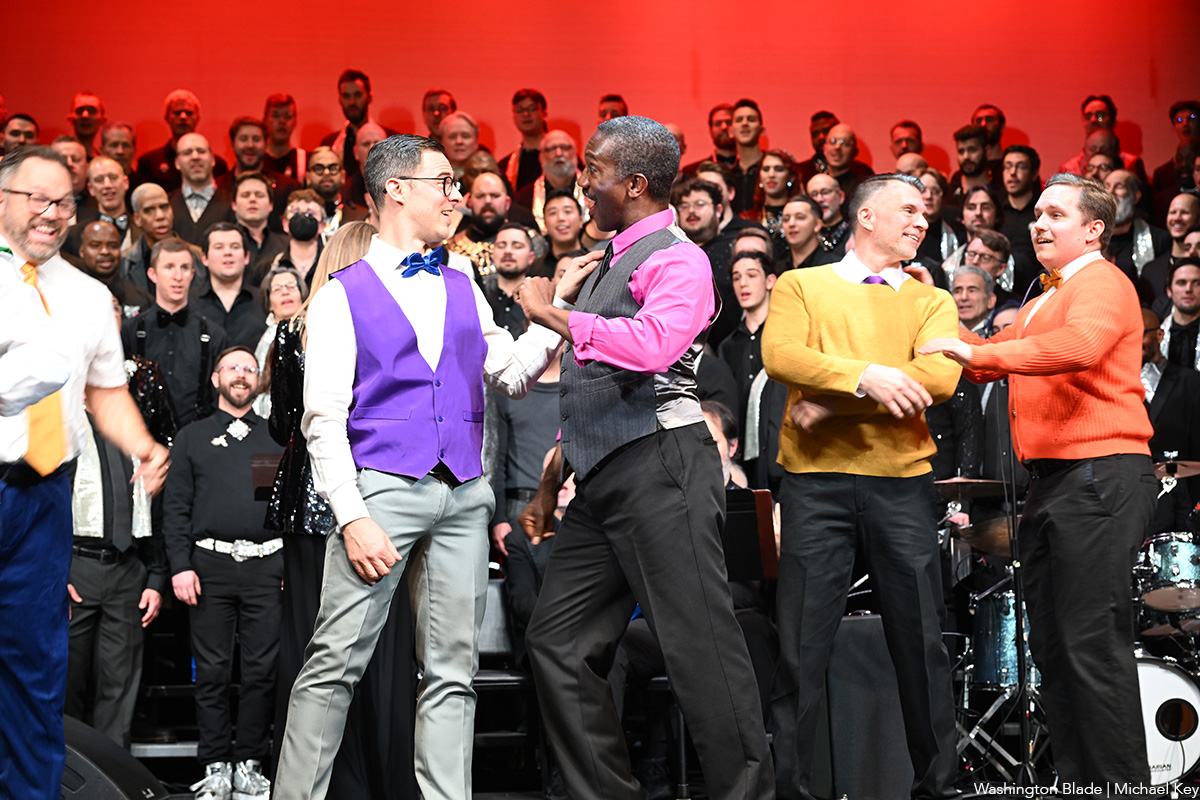
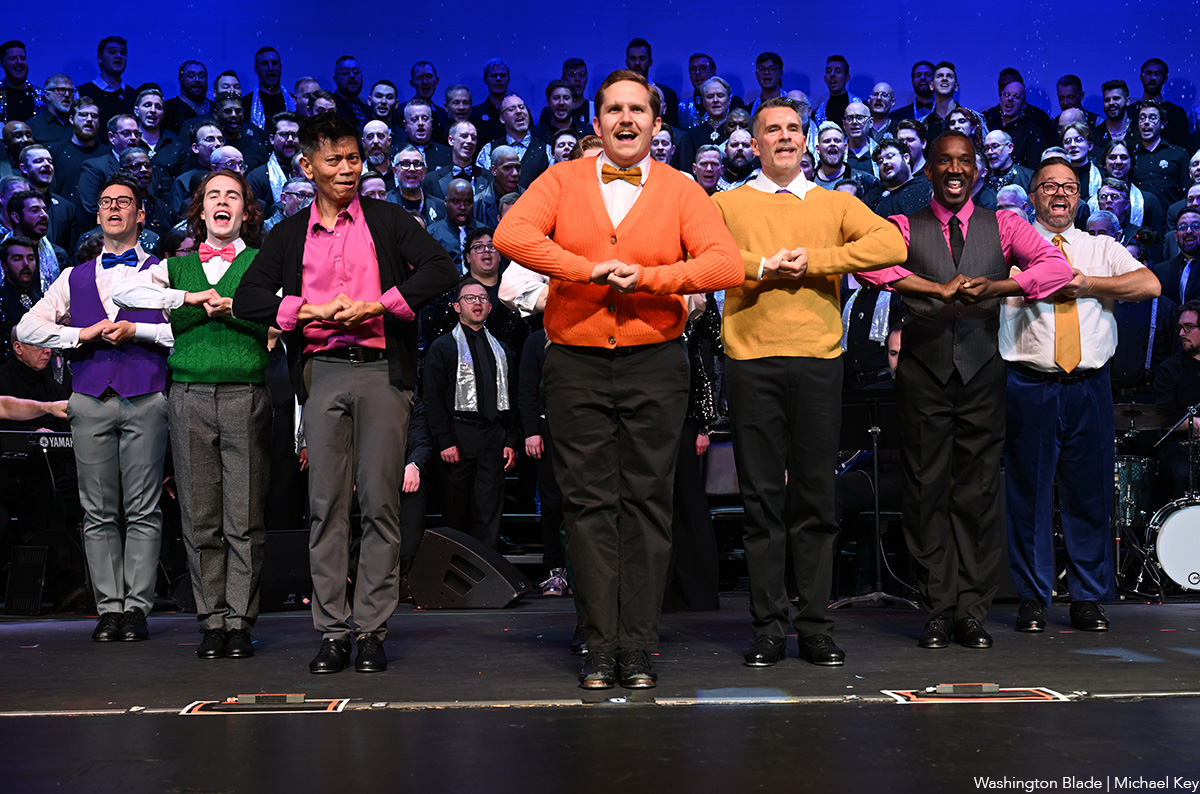

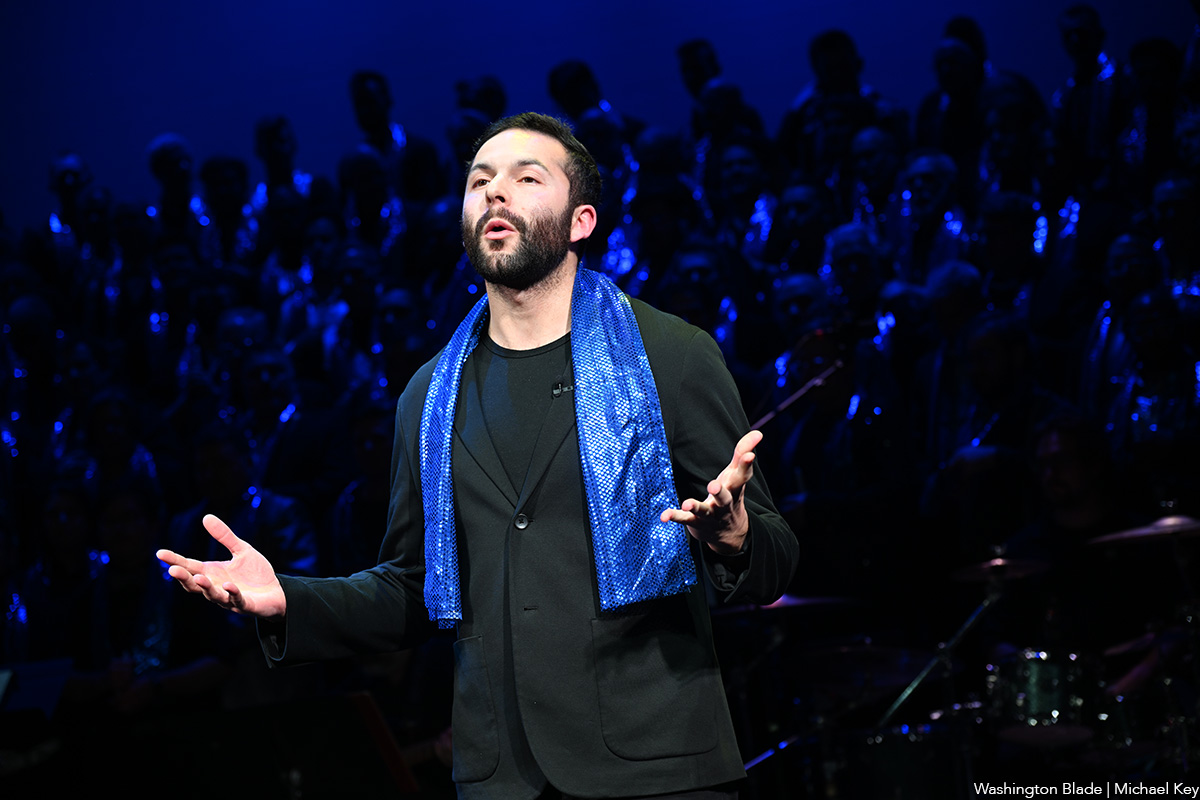
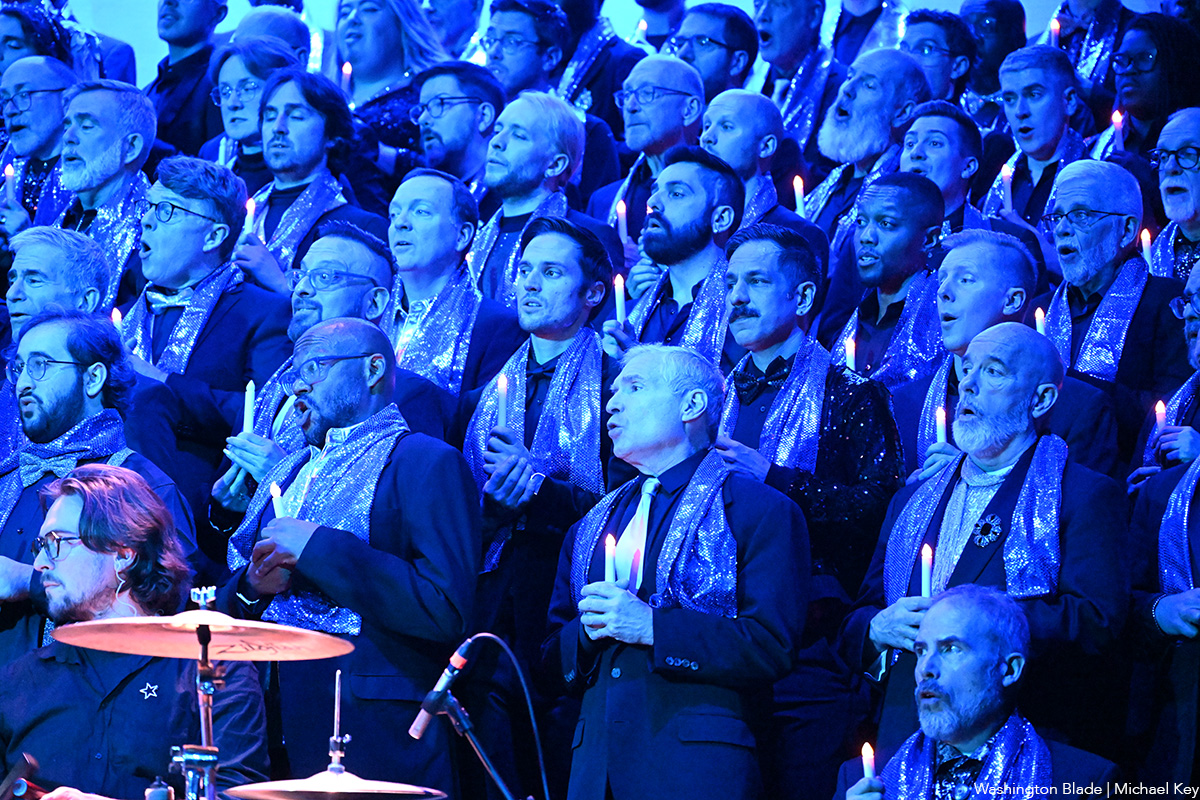
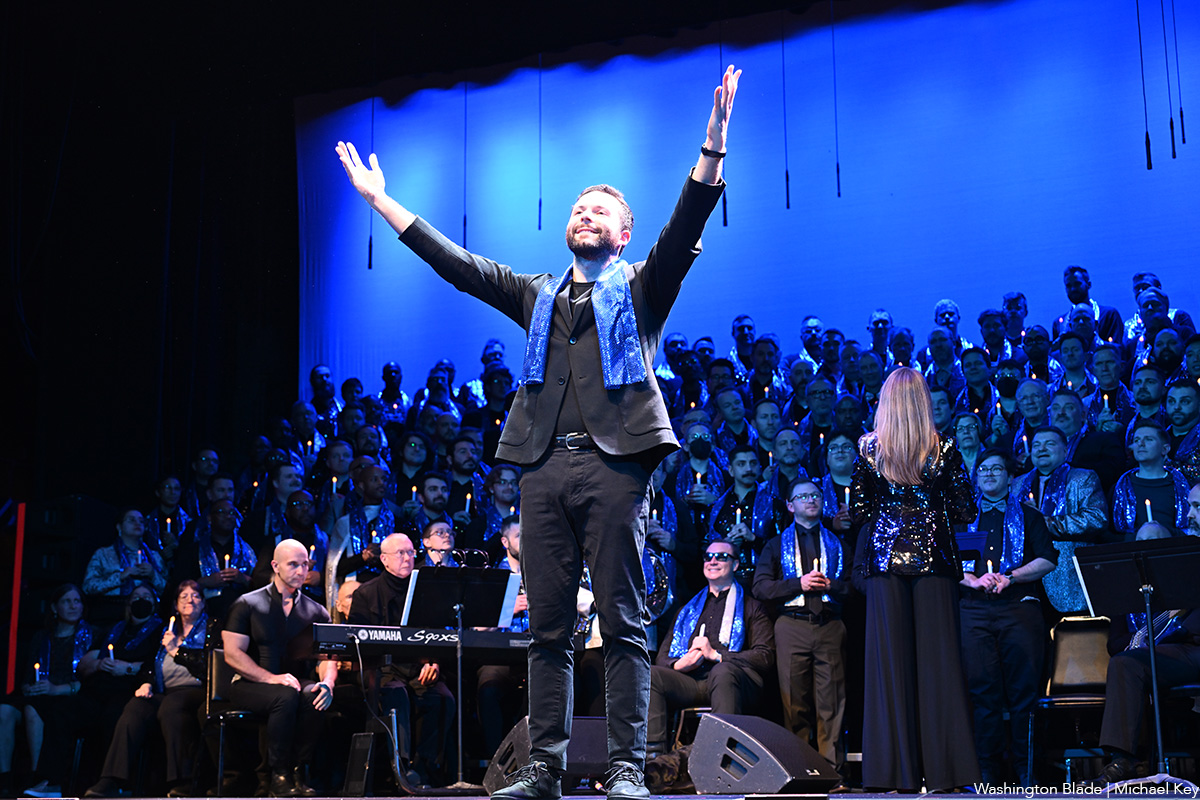


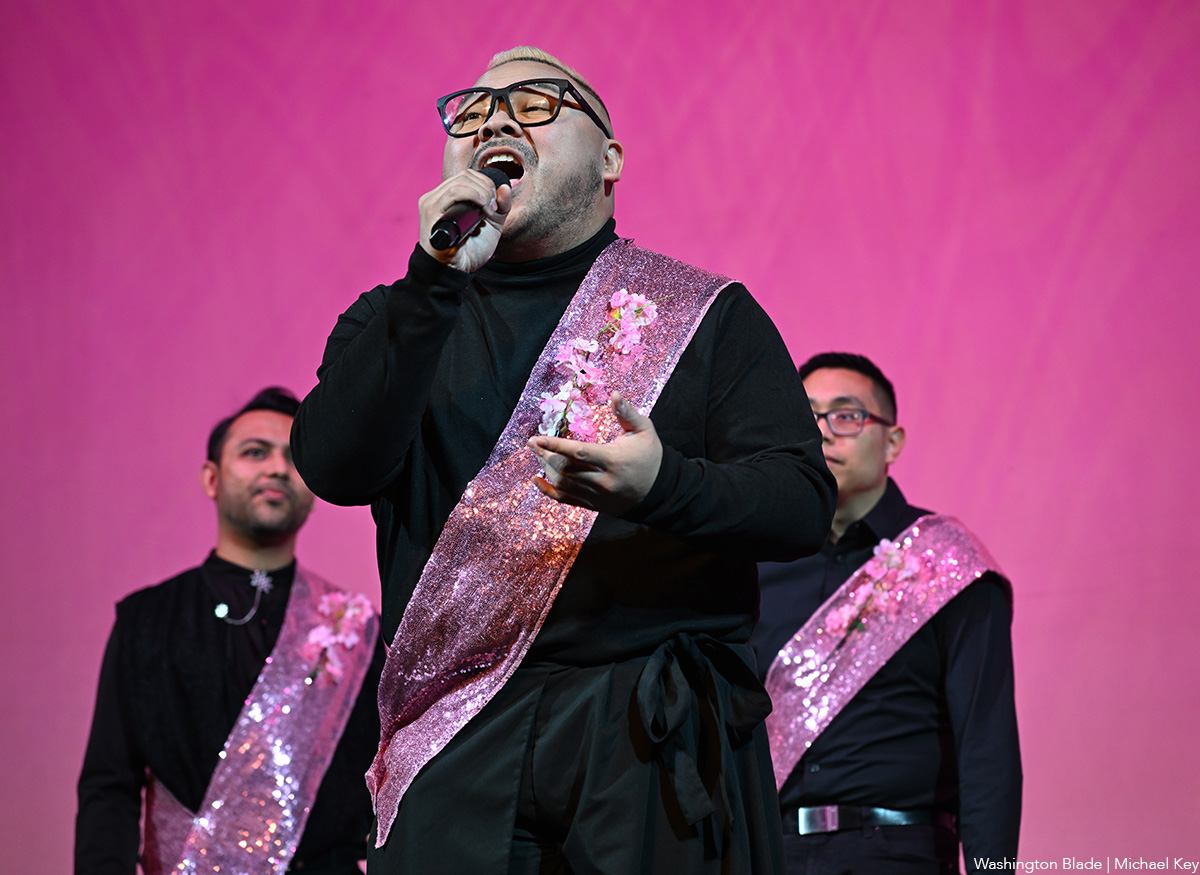

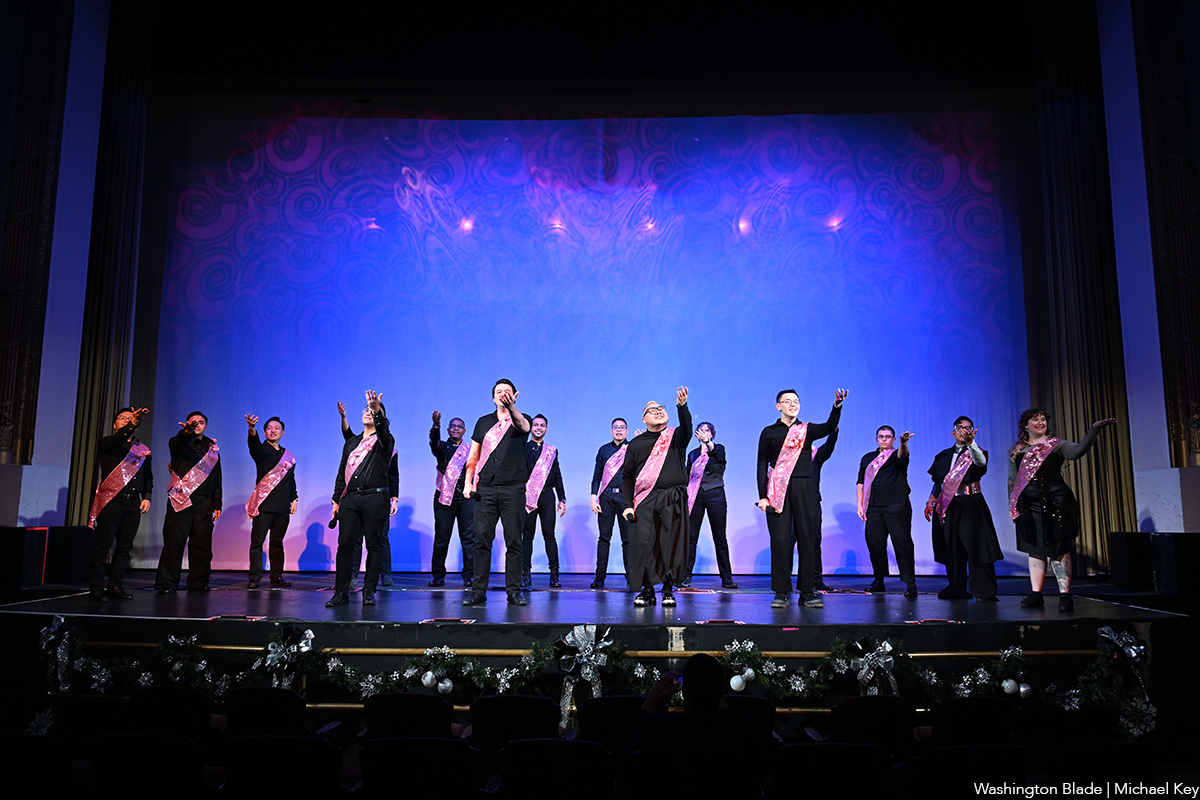
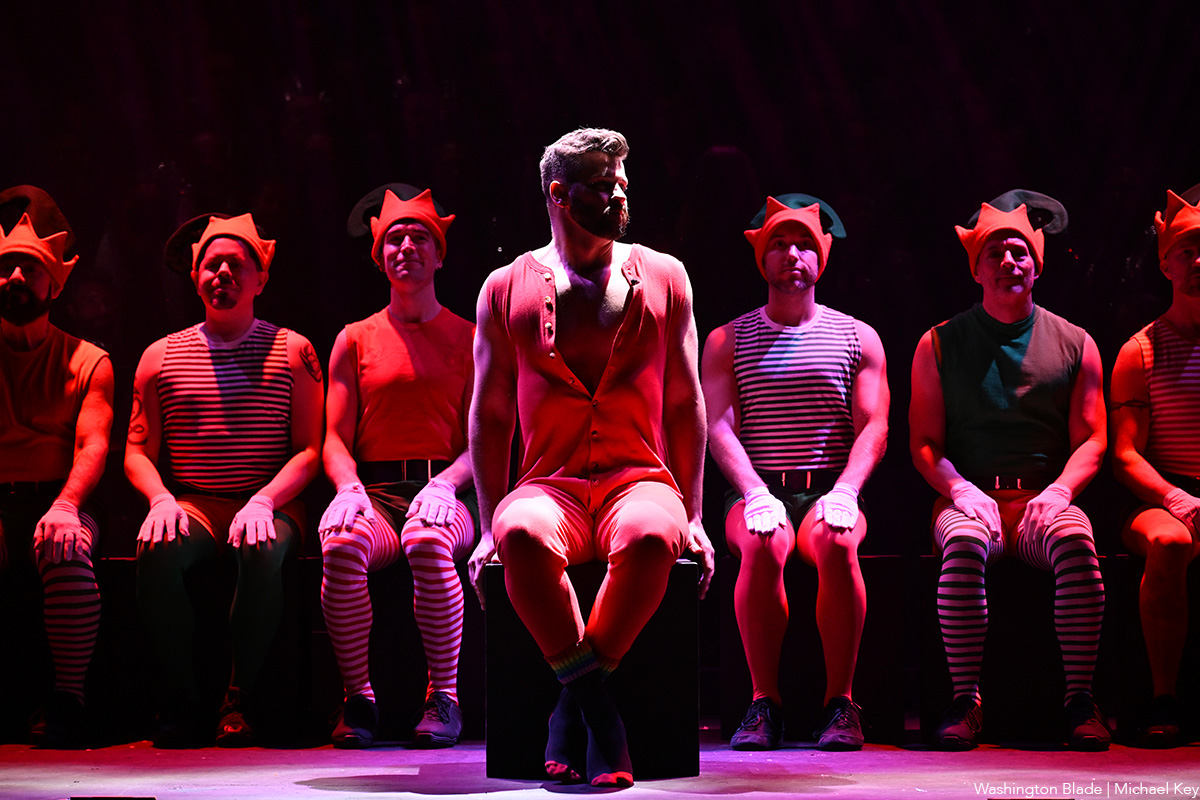

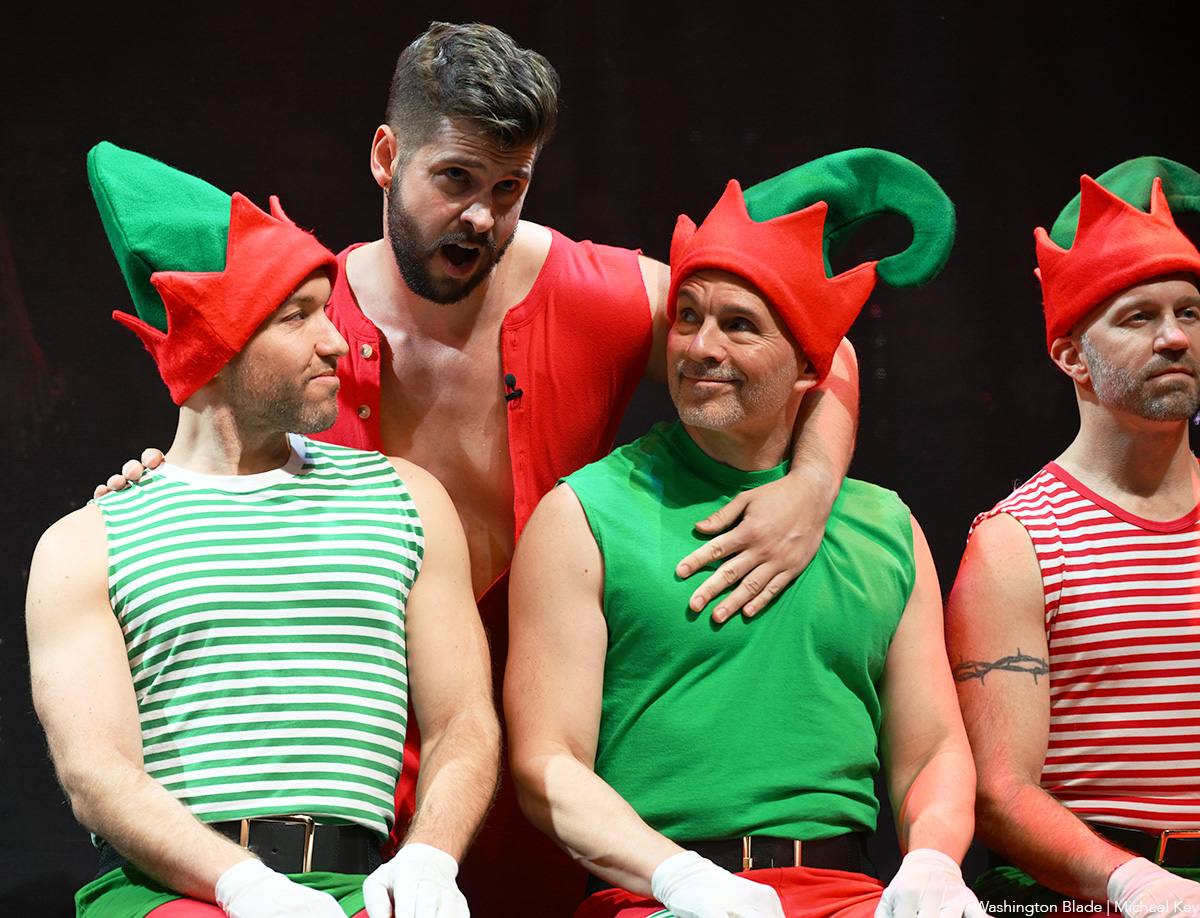

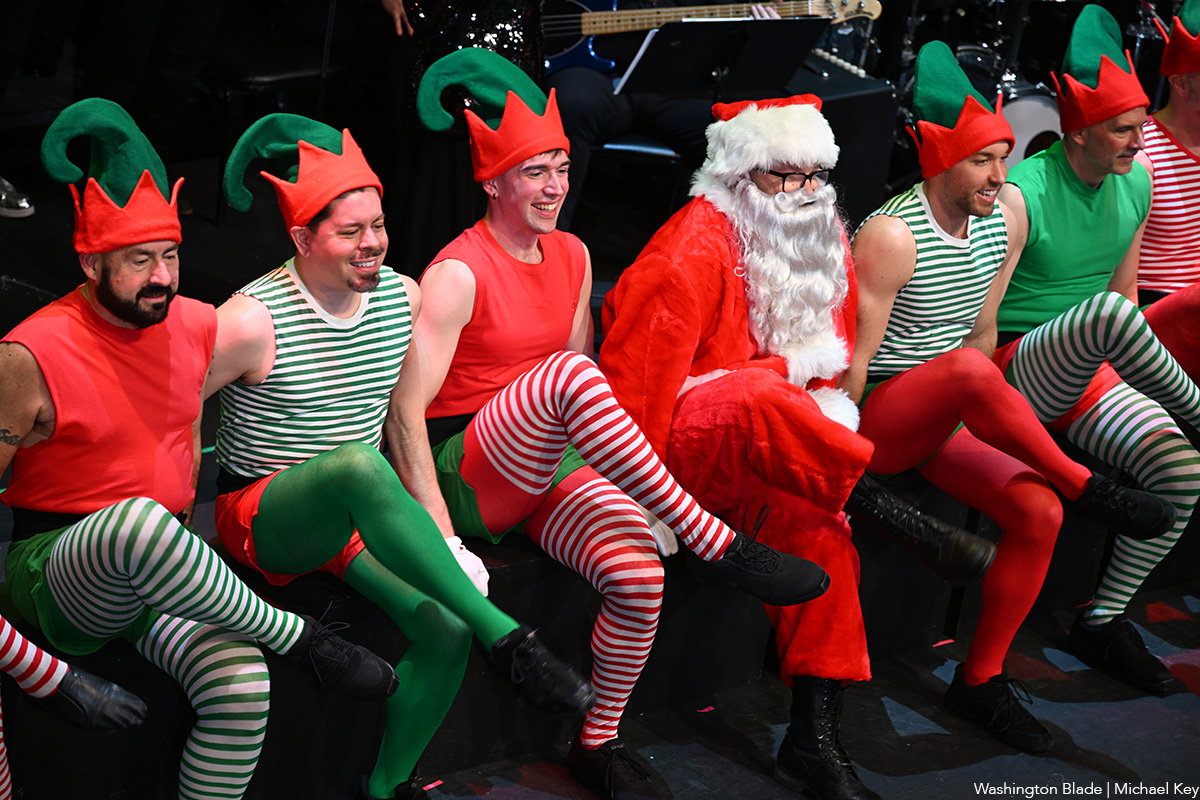
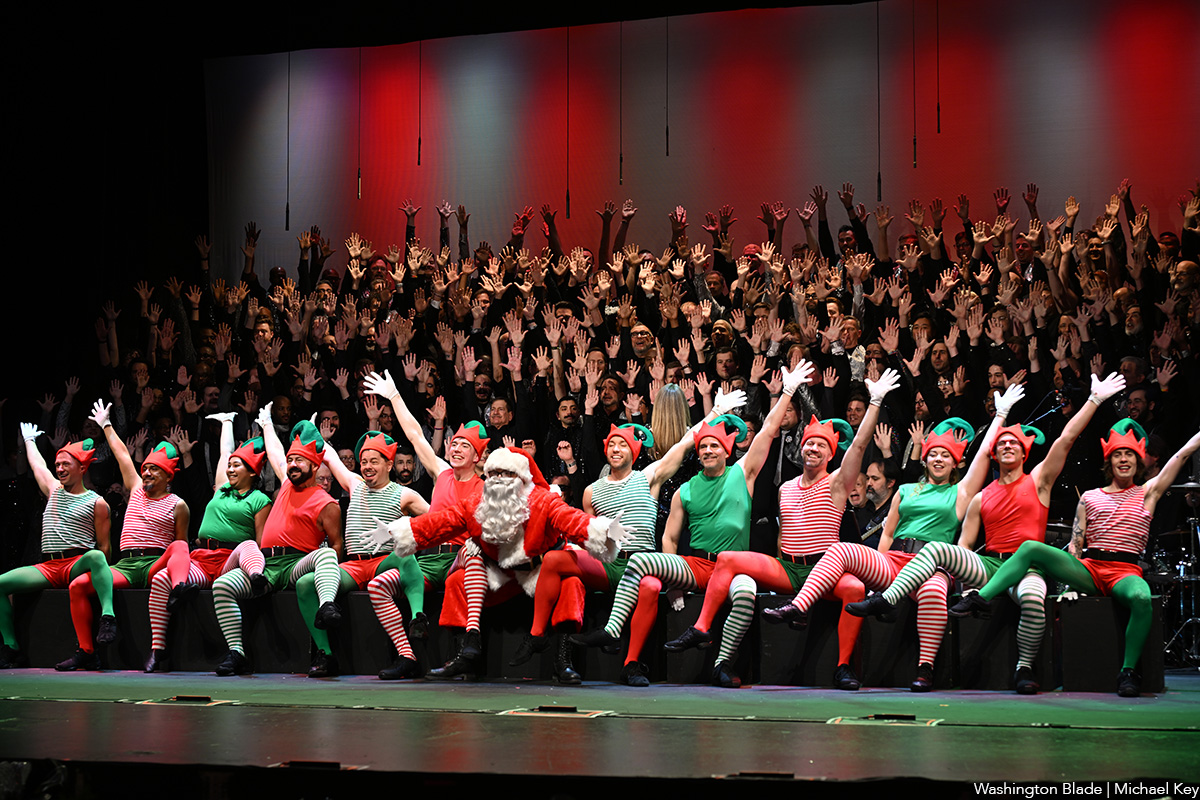

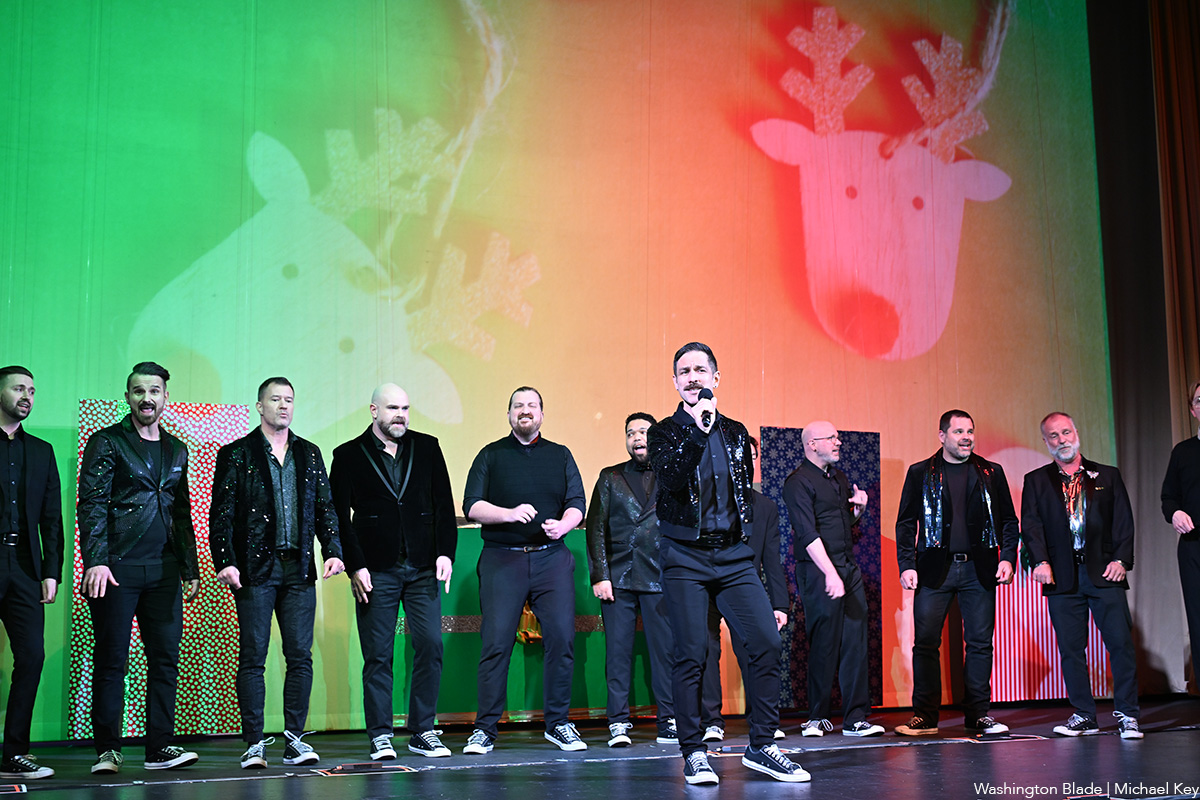
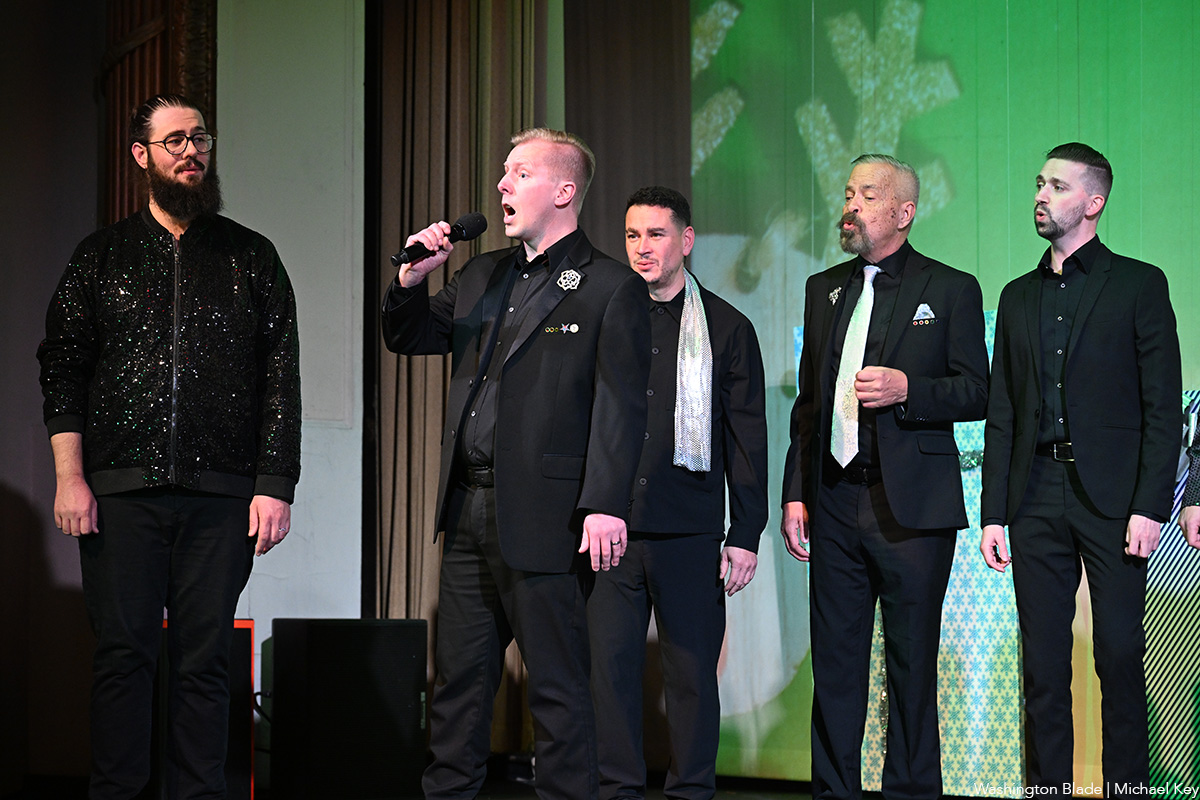
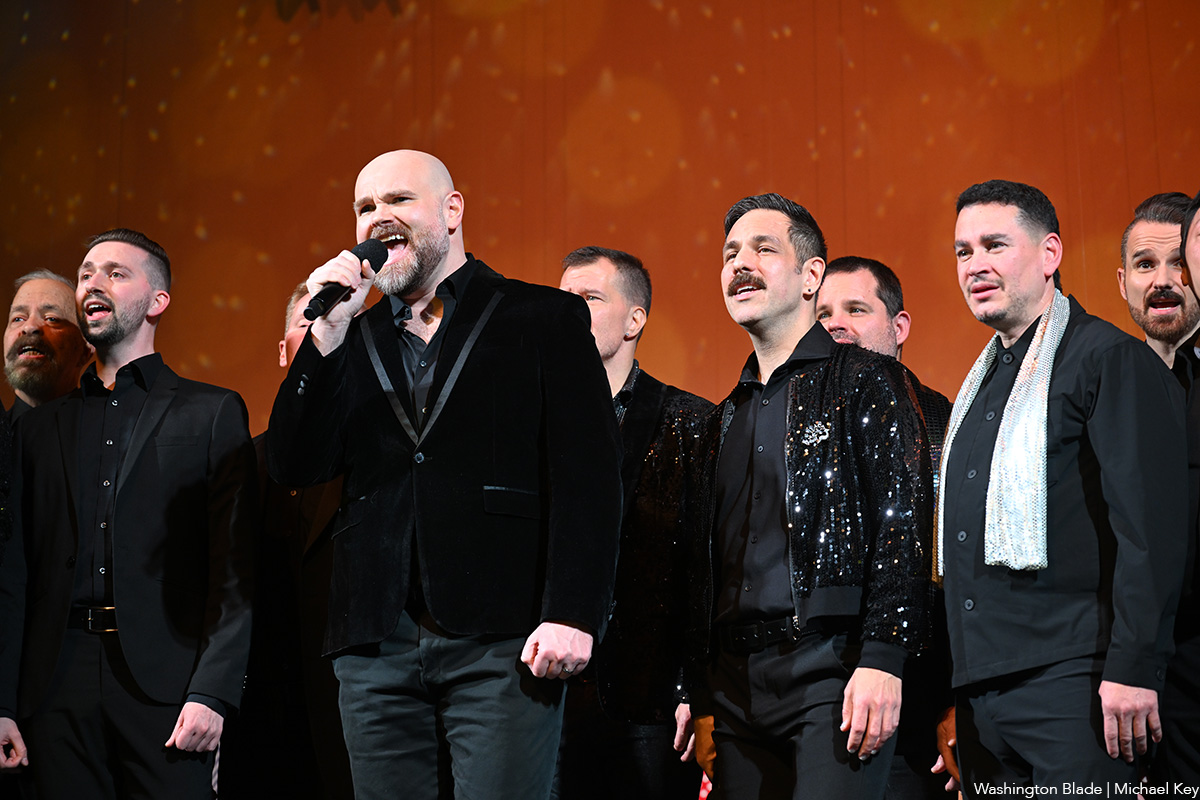
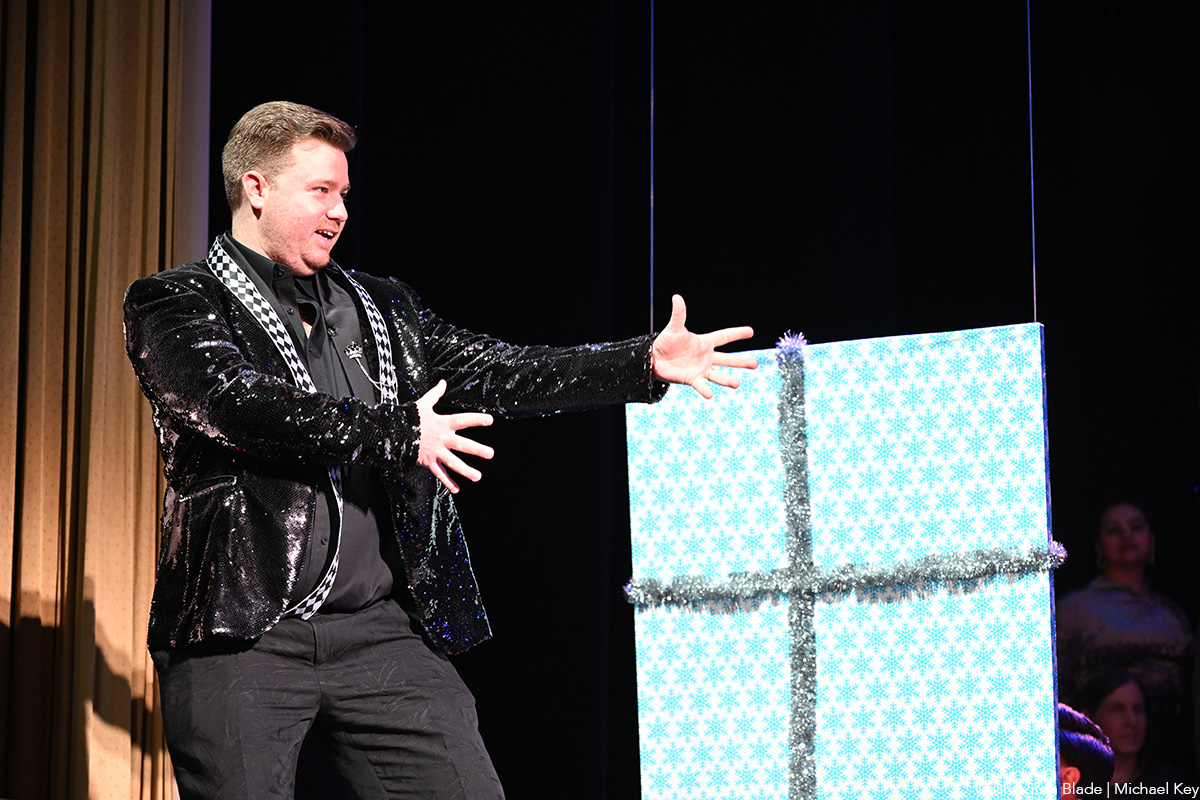
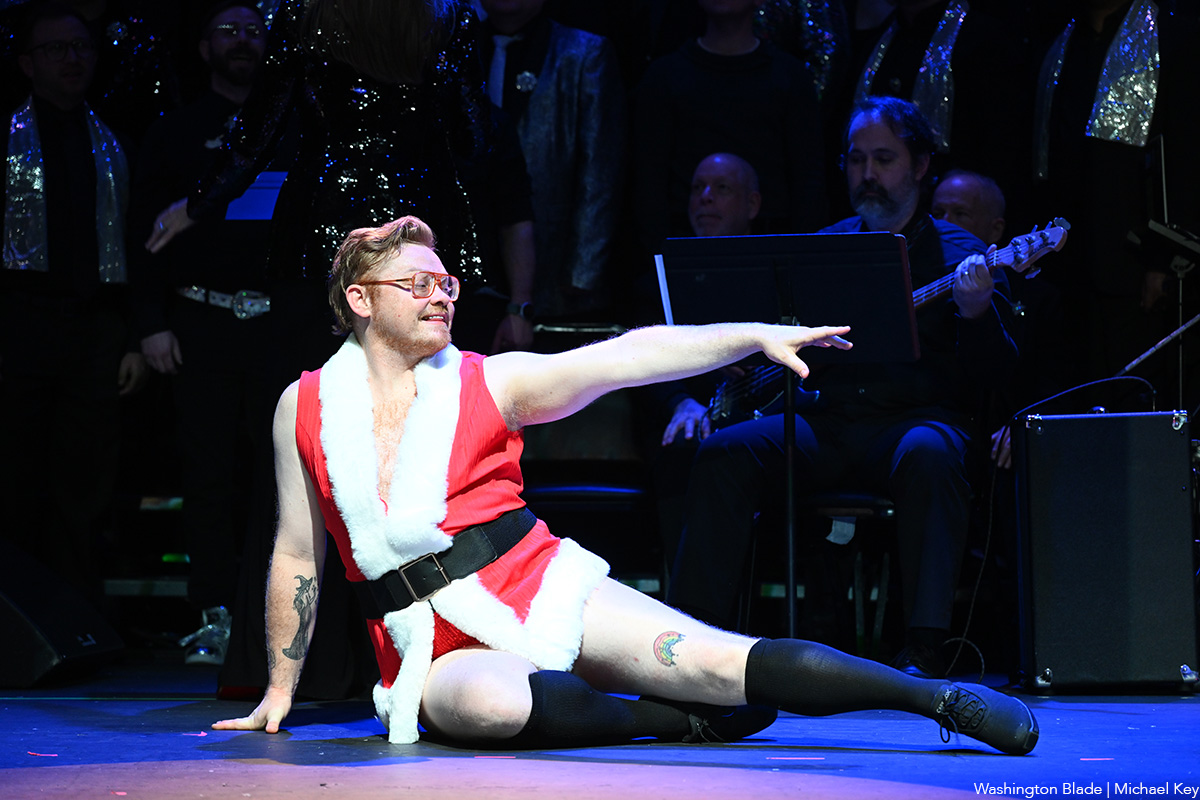
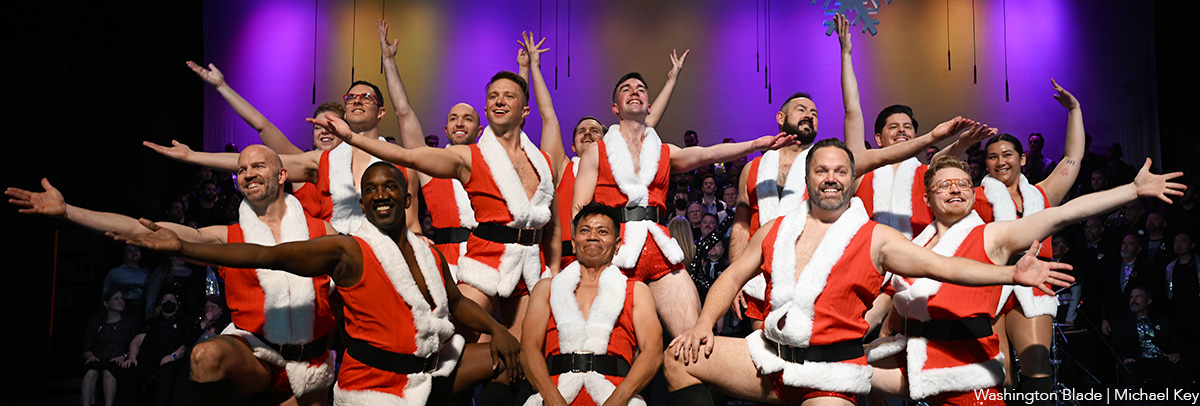
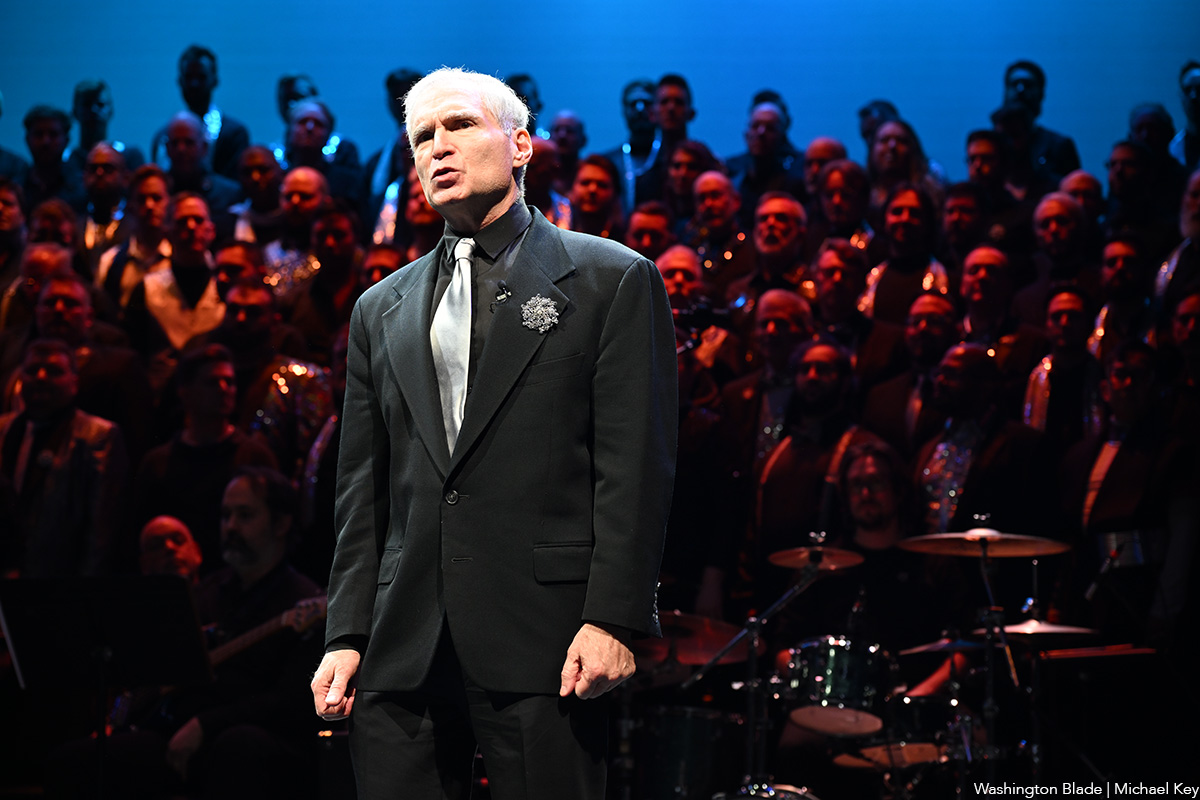


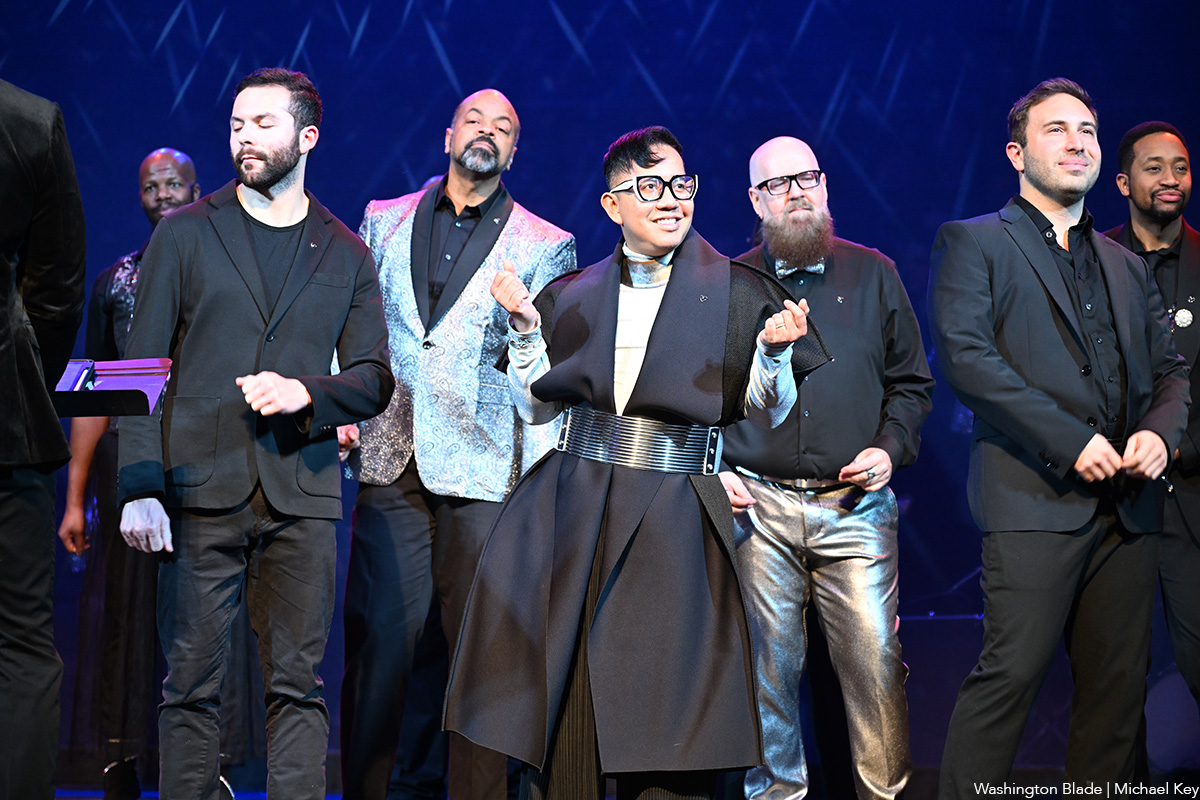


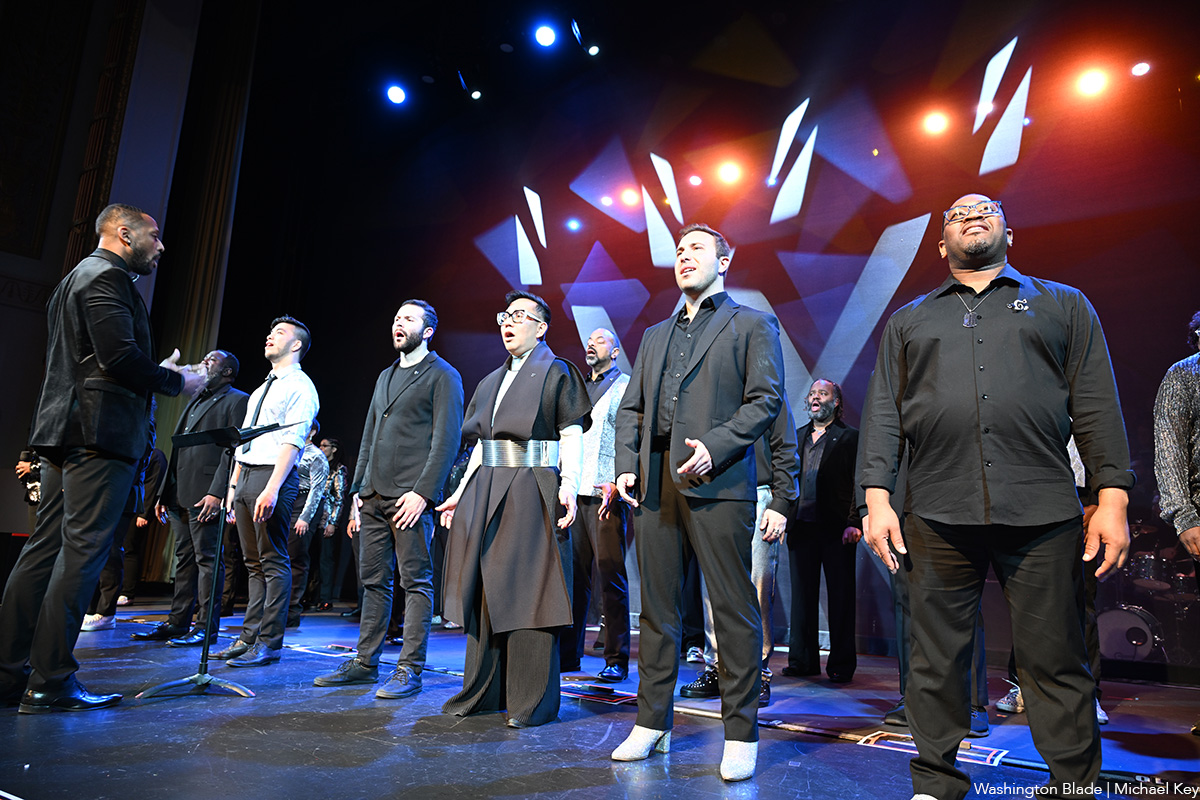


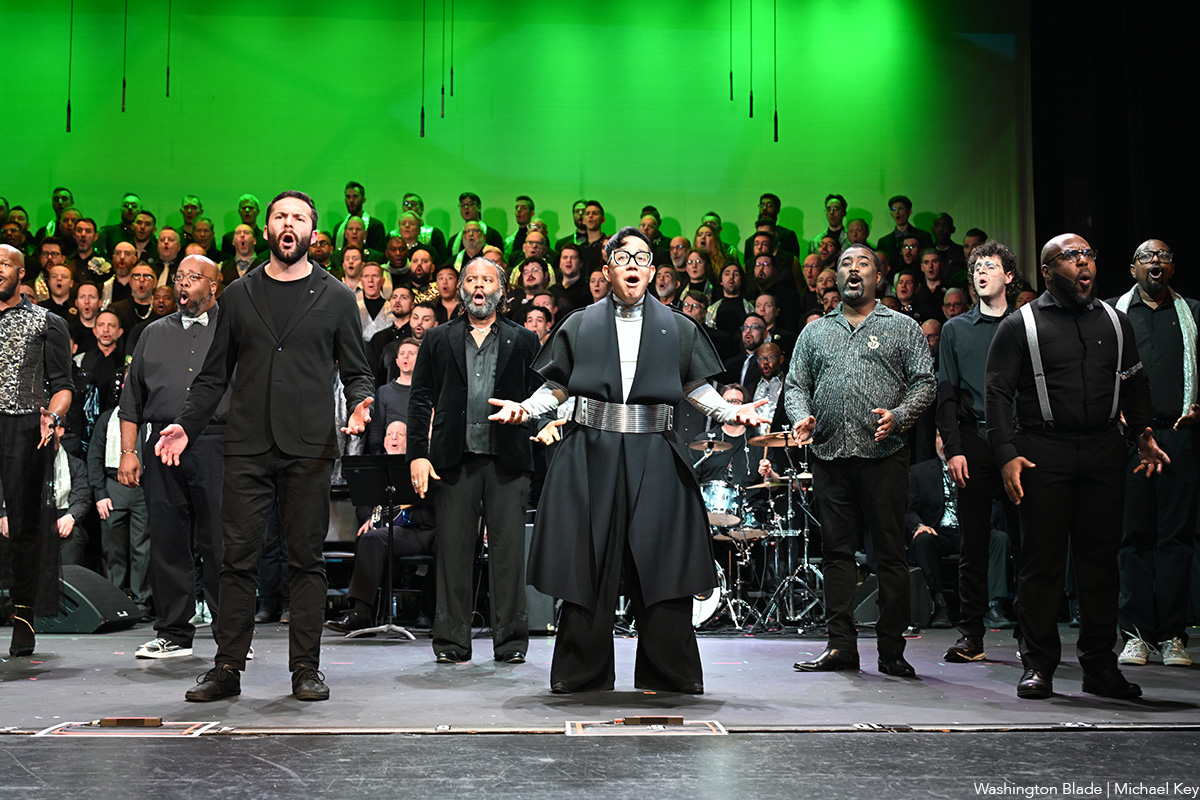
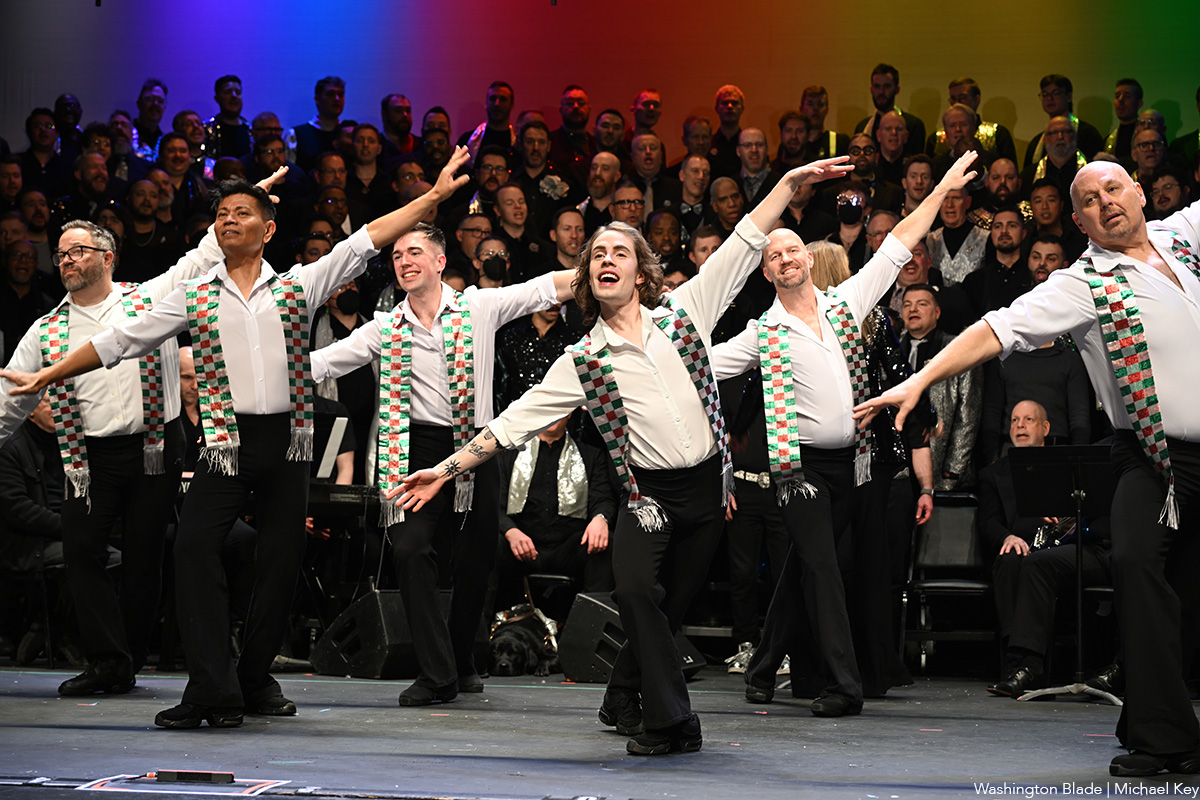

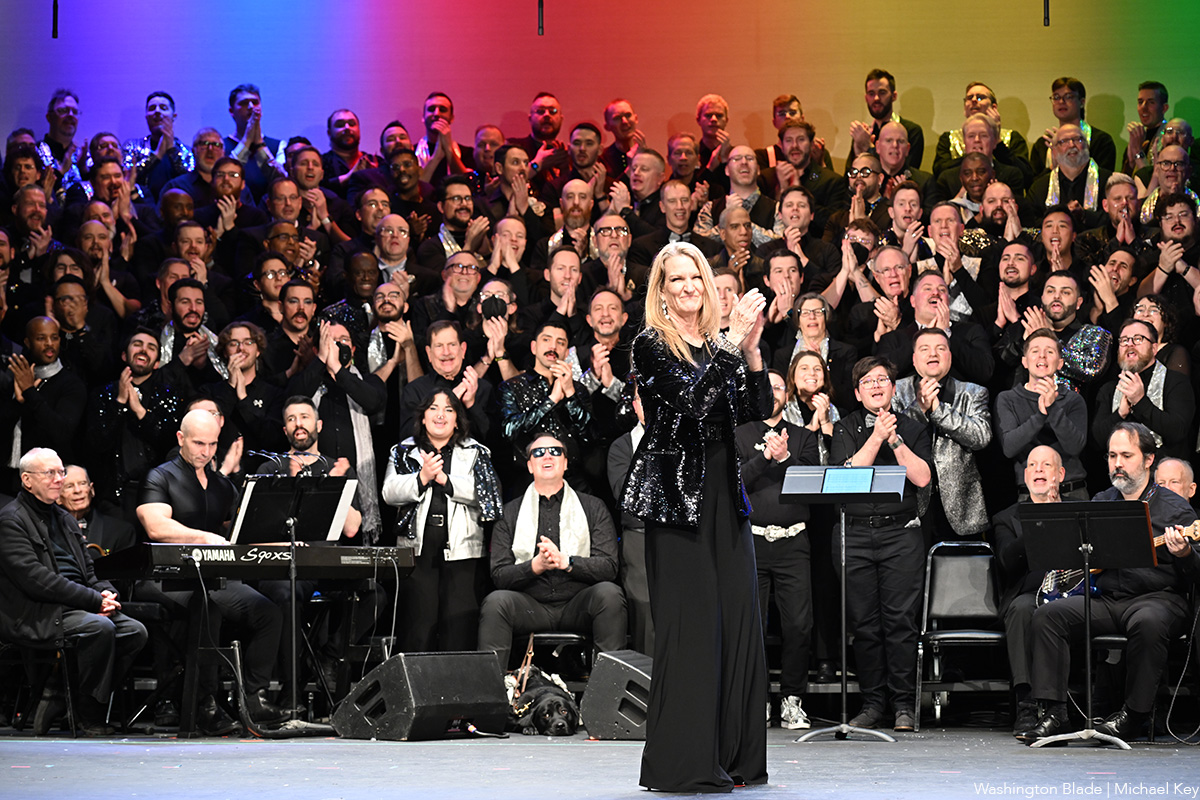
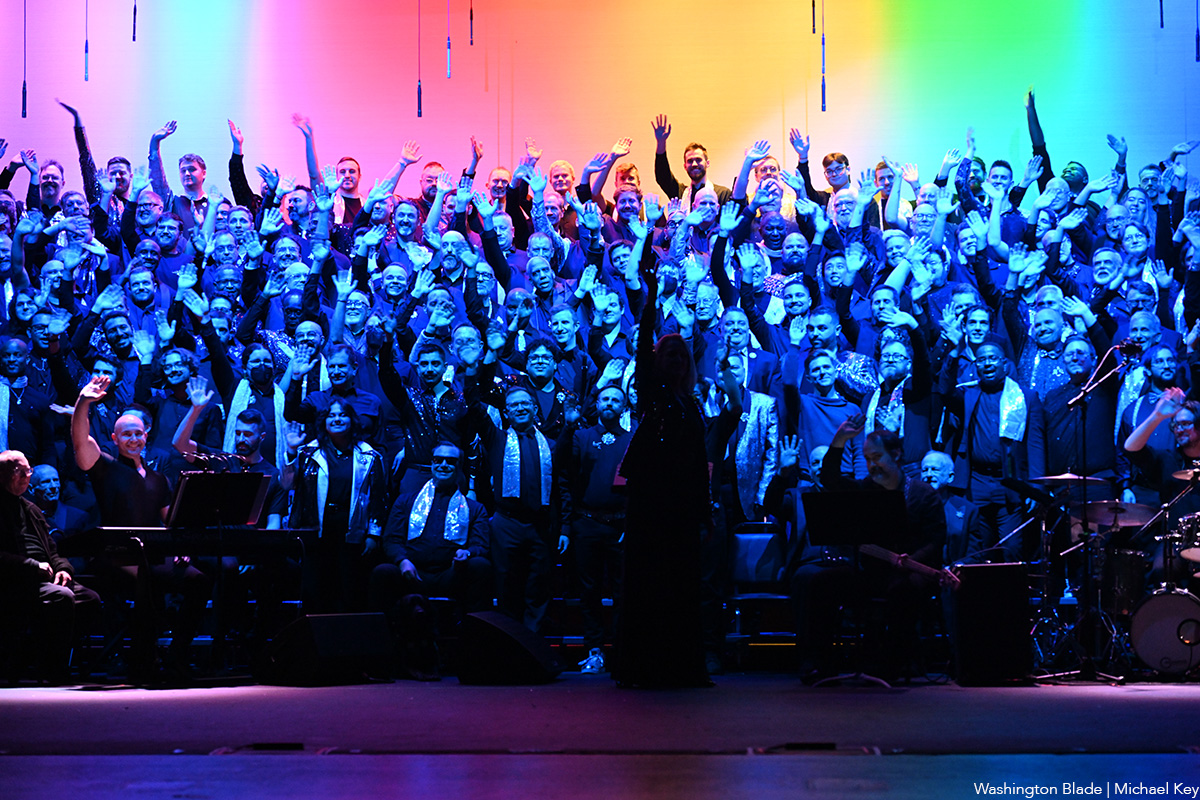

Santa will be very relieved.
You’ve taken most of the burden off him by making a list and checking it twice on his behalf. The gift-buying in your house is almost done – except for those few people who are just so darn hard to buy for. So what do you give to the person who has (almost) everything? You give them a good book, like maybe one of these.
Memoir and biography
The person who loves digging into a multi-level memoir will be happy unwrapping “Blessings and Disasters: A Story of Alabama” by Alexis Okeowo (Henry Holt). It’s a memoir about growing up Black in what was once practically ground zero for the Confederacy. It’s about inequality, it busts stereotypes, and yet it still oozes love of place. You can’t go wrong if you wrap it up with “Queen Mother: Black Nationalism, Reparations, and the Untold Story of Audley Moore” by Ashley D. Farmer (Pantheon). It’s a chunky book with a memoir with meaning and plenty of thought.
For the giftee on your list who loves to laugh, wrap up “In My Remaining Years” by Jean Grae (Flatiron Books). It’s part memoir, part comedy, a look back at the late-last-century, part how-did-you-get-to-middle-age-already? and all fun. Wrap it up with “Here We Go: Lessons for Living Fearlessly from Two Traveling Nanas” by Eleanor Hamby and Dr. Sandra Hazellip with Elisa Petrini (Viking). It’s about the adventures of two 80-something best friends who seize life by the horns – something your giftee should do, too.
If there’ll be someone at your holiday table who’s finally coming home this year, wrap up “How I Found Myself in the Midwest” by Steve Grove (Simon & Schuster). It’s the story of a Silicon Valley worker who gives up his job and moves with his family to Minnesota, which was once home to him. That was around the time the pandemic hit, George Floyd was murdered, and life in general had been thrown into chaos. How does someone reconcile what was with what is now? Pair it with “Homestand: Small Town Baseball and the Fight for the Soul of America” by Will Bardenwerper (Doubleday). It’s set in New York and but isn’t that small-town feel universal, no matter where it comes from?
Won’t the adventurer on your list be happy when they unwrap “I Live Underwater” by Max Gene Nohl (University of Wisconsin Press)? They will, when they realize that this book is by a former deep-sea diver, treasure hunter, and all-around daredevil who changed the way we look for things under water. Nohl died more than 60 years ago, but his never-before-published memoir is fresh and relevant and will be a fun read for the right person.
If celeb bios are your giftee’s thing, then look for “The Luckiest” by Kelly Cervantes (BenBella Books). It’s the Midwest-to-New-York-City story of an actress and her life, her marriage, and what she did when tragedy hit. Filled with grace, it’s a winner.
Your music lover won’t want to open any other gifts if you give “Only God Can Judge Me: The Many Lives of Tupac Shakur” by Jeff Pearlman (Mariner Books). It’s the story of the life, death, and everything in-between about this iconic performer, including the mythology that he left behind. Has it been three decades since Tupac died? It has, but your music lover never forgets. Wrap it up with “Point Blank (Quick Studies)” by Bob Dylan, text by Eddie Gorodetsky, Lucy Sante, and Jackie Hamilton (Simon & Schuster), a book of Dylan’s drawings and artwork. This is a very nice coffee-table size book that will be absolutely perfect for fans of the great singer and for folks who love art.
For the giftee who’s concerned with their fellow man, “The Lost and the Found: A True Story of Homelessness, Found Family and Second Chances” by Kevin Fagan (One Signal / Atria) may be the book to give. It’s a story of two “unhoused” people in San Francisco, one of the country’s wealthiest cities, and their struggles. There’s hope in this book, but also trouble and your giftee will love it.
For the person on your list who suffered loss this year, give “Pine Melody” by Stacey Meadows (Independently Published), a memoir of loss, grief, and healing while remembering the person gone.
LGBTQ fiction
For the mystery lover who wants something different, try “Crime Ink: Iconic,” edited by John Copenhaver and Salem West (Bywater Books), a collection of short stories inspired by “queer legends” and allies you know. Psychological thrillers, creepy crime, cozies, they’re here.
Novel lovers will want to curl up this winter with “Middle Spoon” by Alejandro Varela (Viking), a book about a man who appears to have it all, until his heart is broken and the fix for it is one he doesn’t quite understand and neither does anyone he loves.
LGBTQ studies – nonfiction
For the young man who’s struggling with issues of gender, “Before They Were Men” by Jacob Tobia (Harmony Books) might be a good gift this year. These essays on manhood in today’s world works to widen our conversations on the role politics and feminism play in understanding masculinity and how it’s time we open our minds.
If there’s someone on your gift list who had a tough growing-up (didn’t we all?), then wrap up “I’m Prancing as Fast as I Can” by Jon Kinnally (Permuted Press / Simon & Schuster). Kinnally was once an awkward kid but he grew up to be a writer for TV shows you’ll recognize. You can’t go wrong gifting a story like that. Better idea: wrap it up with “So Gay for You: Friendship, Found Family, & The Show That Started It All” by Leisha Hailey & Kate Moennig (St. Martin’s Press), a book about a little TV show that launched a BFF-ship.
Who doesn’t have a giftee who loves music? You sure do, so wrap up “The Secret Public: How Music Moved Queer Culture from the Margins to the Mainstream” by Jon Savage (Liveright). Nobody has to tell your giftee that queer folk left their mark on music, but they’ll love reading the stories in this book and knowing what they didn’t know.
The Blade may receive commissions from qualifying purchases made via this post.
-

 Congress5 days ago
Congress5 days agoEXCLUSIVE: George Santos speaks out on prison, Trump pardon, and more
-

 The White House5 days ago
The White House5 days agoWhite House deadnames highest-ranking transgender official
-

 The White House4 days ago
The White House4 days agoAs house Democrats release Epstein photos, Garcia continues to demand DOJ transparency
-

 District of Columbia5 days ago
District of Columbia5 days agoCapital Pride announces change in date for 2026 D.C. Pride parade and festival


